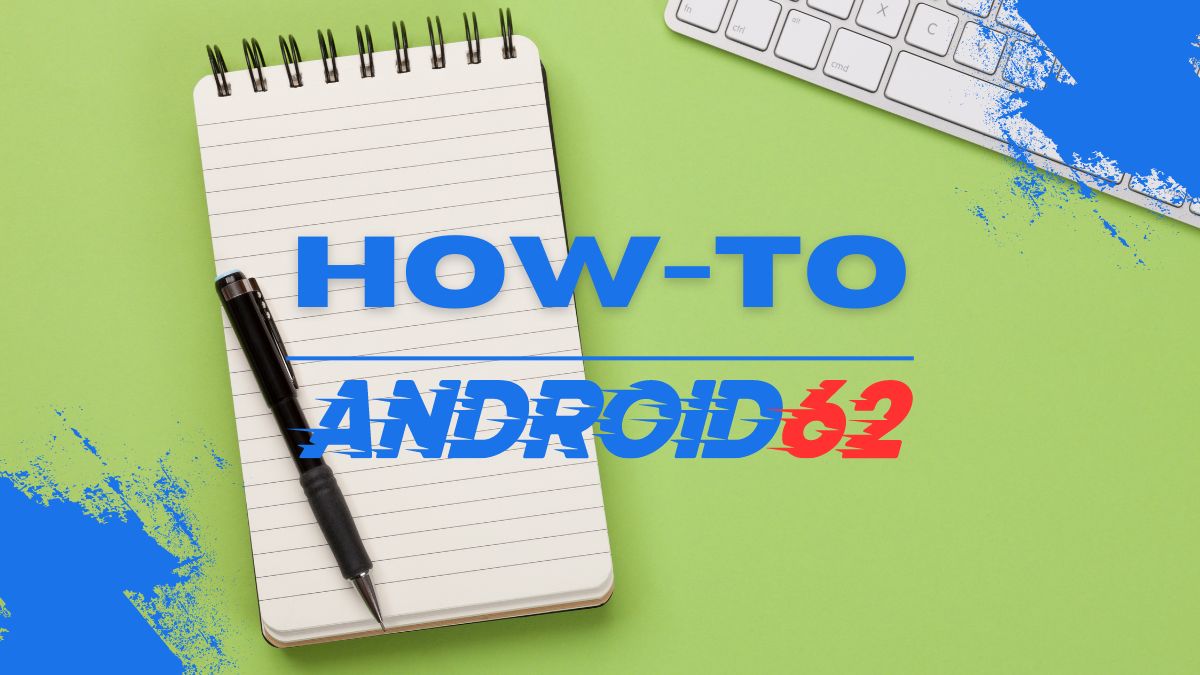
Over time, your iPhone may accumulate a lot of system data that can take up a significant amount of storage space. System data includes cache files, logs, and other temporary files that iOS generates during regular usage. Clearing out this data can help improve the performance of your device and free up storage space. Here’s how you can clear system data on your iPhone:
1. Clear Safari Cache
Safari is the default browser on iPhone, and it stores cache files that can take up space on your device. To clear the Safari cache, follow these steps:
- Open the Settings app on your iPhone.
- Scroll down and tap on Safari.
- Scroll down again and tap on ‘Clear History and Website Data’.
- Confirm by tapping ‘Clear History and Data’.
2. Delete App Cache
Many apps generate cache files to improve performance, but these files can accumulate over time. To delete app cache, follow these steps:
- Open the Settings app on your iPhone.
- Scroll down and tap on the app you want to clear cache for.
- Tap on ‘Offload App’ or ‘Delete App’ to remove cache data.
3. Clear Message Attachments
Attachments in iMessage and other messaging apps can take up storage space on your device. To clear message attachments, follow these steps:
- Open the Messages app on your iPhone.
- Find the conversation with attachments you want to clear.
- Tap on the contact’s name at the top of the screen, then tap on ‘Info’.
- Scroll down and tap on ‘See All Photos’ or ‘See All Attachments’.
- Select the attachments you want to delete and tap on the trash icon.
4. Remove Offline Reading Lists
Offline reading lists in Safari can take up storage space on your device. To remove offline reading lists, follow these steps:
- Open the Settings app on your iPhone.
- Scroll down and tap on Safari.
- Tap on ‘Advanced’ and then tap on ‘Offline Reading List’.
- Tap on ‘Remove All’ to clear offline reading lists.
5. Restart Your iPhone
Restarting your iPhone can help clear out temporary system data and improve performance. To restart your iPhone, follow these steps:
- Press and hold the power button on your iPhone.
- Slide to power off when prompted.
- Wait a few seconds, then press and hold the power button to turn your iPhone back on.
6. Update iOS
Updating to the latest version of iOS can help optimize system performance and clear out unnecessary data. To update iOS, follow these steps:
- Open the Settings app on your iPhone.
- Go to General > Software Update.
- Tap ‘Download and Install’ if an update is available.
7. Reset All Settings
Resetting all settings on your iPhone can help clear out system data and potentially resolve any performance issues. To reset all settings, follow these steps:
- Open the Settings app on your iPhone.
- Go to General > Reset.
- Tap ‘Reset All Settings’ and confirm.
8. Factory Reset
If all else fails, performing a factory reset will erase all data on your iPhone, including system data. Make sure to back up your data before proceeding with a factory reset. To perform a factory reset, follow these steps:
- Open the Settings app on your iPhone.
- Go to General > Reset.
- Tap ‘Erase All Content and Settings’ and confirm.
By following these steps, you can effectively clear system data on your iPhone, optimize its performance, and free up storage space. Remember to regularly clean up your device to ensure it runs smoothly.



